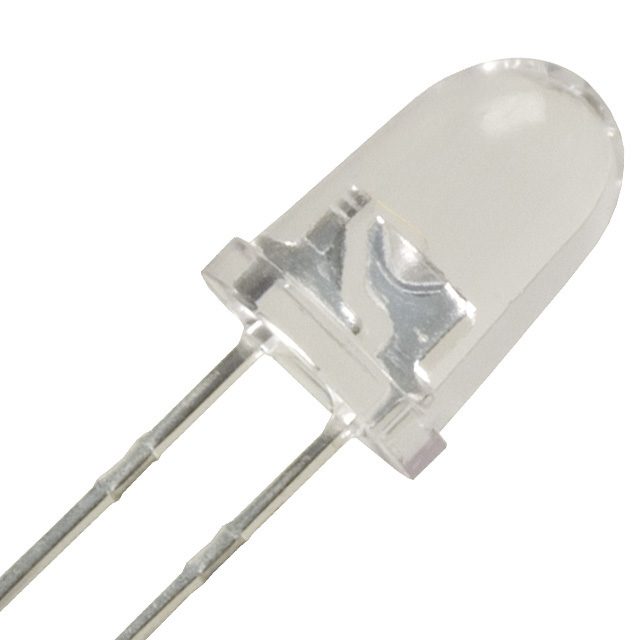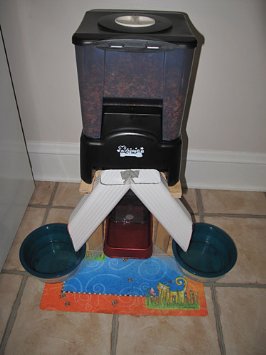 |
| Fig 1. Timer Switch (Closed) |
 |
| Fig 2. Timer Switch (Open) |
 |
| Fig 1. Timer Switch (Closed) |
 |
| Fig 2. Timer Switch (Open) |
 |
| Fig 1. CAD Tray Design in 3-D |
 |
| This is an Arduino Uno, which is an example of an Arduino the group was going to use |

| Fig 1. Pathways of Different Resistance |
| Fig 2. Standard Potentiometer |

So, how much to pets eat anyway?
|
|||
Pet
|
Age/Size
|
Amount/meal
|
Meals/day
|
Kittens
|
2 months
|
3 Tbsp.
|
four
|
3 months
|
3-5 Tbsp.
|
four
|
|
4-5 months
|
0.25 Cups
|
four
|
|
6-12 months
|
0.25 Cups
|
three
|
|
Cats
|
5-9 lbs.
|
.25-.5 Cups
|
two
|
10-14 lbs.
|
.5-1 Cups
|
two
|
|
Puppies
|
Varies with breed. Can be read on back of food container
|
||
Dogs
|
3-20 lbs
|
.75-1.5 Cups
|
two
|
21-50 lbs
|
2.3-3.25 Cups
|
||
51-100 lbs
|
3.5-5 Cups
|
||
100+ lbs
|
5-7.5 Cups
|
||
Rodents/Birds
|
All day, every day
|
||

 |
| Possible design of a infrared gates. Cross-sectional view. |
 |
| Depiction of a a trap door |
 |